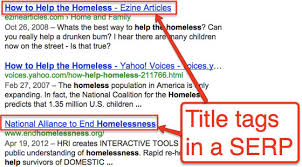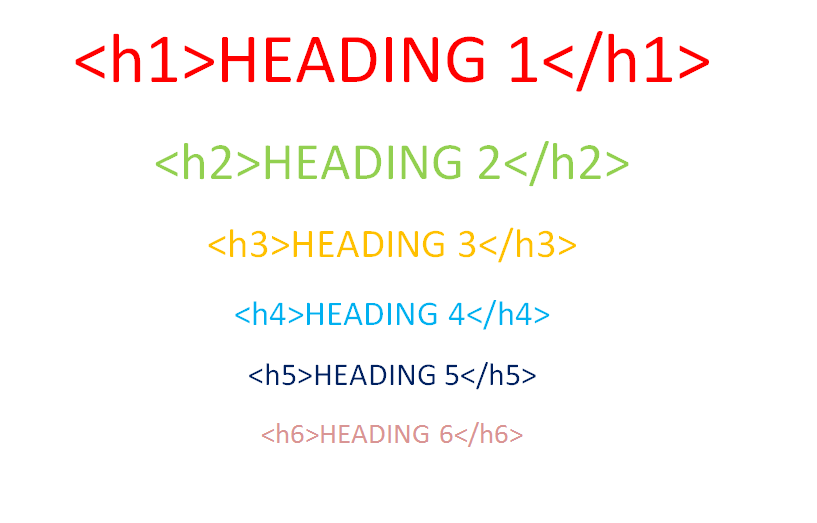SEO, Search Engine Optimization is a process of increasing the number of visitors to our website, by obtaining a high page ranking in the search engine results. We are using two techniques for this. One is On-page optimization and another one is Off-page optimization.
After website analysis, On-page optimization is one of the first steps of SEO that every webmaster should look into. On-page optimization is used to optimize each web page, for getting a higher rank in search engine results. The optimization is done inside the website code.
SEO Title Tag
The title tag is one of the most important website optimization elements. A title tag should be short but descriptive enough because when a user searches in google, the Title tag should be the first thing that all users check. So it should be attractive and make them curious to open our page. The HTML code for the title tag is:
<title>Write The Title</title>

The main things that should be included in our title tags are keywords that we focused should be included in the title tag. The title should have a meaningful description. Full capital letters are not allowed. Character limitation should be between 55-60. No spelling mistakes and grammatical errors should come. A unique title was given for each page. The title should not be more than 3 words. The title should have 512 pixels in width. The impressive title gives then CTR (click-through rate) will increase. If no title is given, then Google shows probably H1 as the title. In case of H1 is not good then Google will take H2 as the title.
The result that Google shows to the user in the search results is a snippet. The title in blue, the URL in green, and the description that Google shows together are called a Snippet. We also used another snippet called a Rich Snippet. It shows extra information between the URL and the description.
 SEO Meta Descriptions
SEO Meta Descriptions
Meta descriptions describes and summarizes the contents of your page to search engines. It have a great role in On page optimization. The HTML code for the Meta descriptions is:
<head>
<meta name=”description” content=”Writ the description.”>
</head>
The main things that should be included in our meta descriptions tags are For a page, Character limitation should be between 155-160 and for a post, Character limitation should be 155 because it needs to insert post publishing date. Like the title tag, No spelling mistakes and grammatical errors should come. Use Unique meta descriptions given for each page and Meta descriptions should have 1024 pixel width. If no Meta descriptions are given, then Google will take some highlighting content from the web page. If a web page doesn’t contain much content, then Google will take links, text, etc
The meta robots tag is a tag that tells search engines what to follow and what not to follow. It’s a simple code that gives you the power to decide about what pages you want to hide from search engine crawlers and what pages you want them to index. An example of a meta robots tag code would look like this:
<meta name =robots content=index>
Head Tags – H1 to h7
Head tags are used to highlight certain parts of your website. There are several tags in HTML. They areH1, H2, H3, H4, H5, H6. H1 should be used to define the most important section of your page. Users are mainly attracted to H1 tags.
 Image optimization
Image optimization
All uploaded images filename should be saved related to that image description. Images should be added with respect to the page contents. In the HTML part alt text is added for each image related to the image description.
Content Optimization
Content is the king in SEO. And it mainly decides its position in search results. Contents should be always linkable to users. Anchortext is the hyperlink added text. Focused keywords should not be used as anchor text. Use our keywords at the beginning of sentences and arrange them in simple sentences. Keyword density is defined as the density of keywords in content that should be always between 2-5%.







